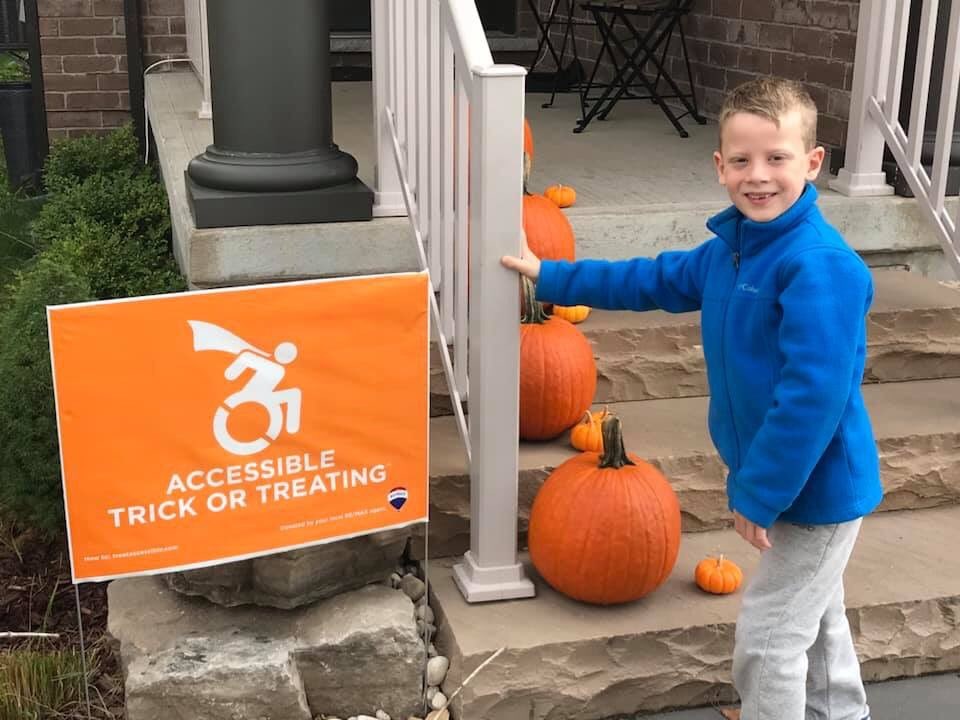🎃Halloween is a time for costumes, candy, and community. For people with developmental disabilities, thoughtful planning helps ensure that everyone can celebrate safely and inclusively. As an agency committed to empowering people to live meaningful lives in their communities, we are proud to share safety and inclusion tips for this season.
🛡️General Safety & Traffic Awareness
- Use the buddy system. Trick-or-treating is always safer with an adult or a group.
- Be cautious at crossings. October is one of the riskiest times for pedestrian accidents, especially on Halloween night (AP News, 2023). Use sidewalks, crosswalks, and make eye contact with drivers.
- Stay visible. Bright costumes, reflective tape, or glow sticks can make all the difference.
- Keep costumes safe. Avoid long or loose fabrics that can trip and choose masks that don’t block vision.
- Check candy before eating. Toss out anything unwrapped or homemade from unknown sources.
♿Tips for Inclusion & Accessibility
- Adaptive costumes: Choose or modify costumes to work with wheelchairs, walkers, or medical devices.
- Plan for sensory needs: Reduce flashing lights or loud noises and prepare kids in advance by walking routes during daylight.
- Offer non-food treats: Toys, stickers, or glow sticks help include kids with food allergies or swallowing challenges.
- Accessible treat stations: Hand out candy from the bottom of stairs or driveways so all kids can participate.
- Communication support: For nonverbal trick-or-treaters, have cue cards or use speech devices with “Trick or Treat” programmed.
- Patience and kindness matter most. Every child wants to feel included and celebrated.
🍬Candy, Health & Expectations
- Discard unwrapped or unsealed candy.
- Be mindful of allergies and dietary restrictions.
- Use smaller bags for easier carrying.
- Teach children to wait until they’re home to open and enjoy their treats.
From all of us at LIFEPlan CCO NY, stay safe, celebrate inclusion, and don’t forget to have fun!

